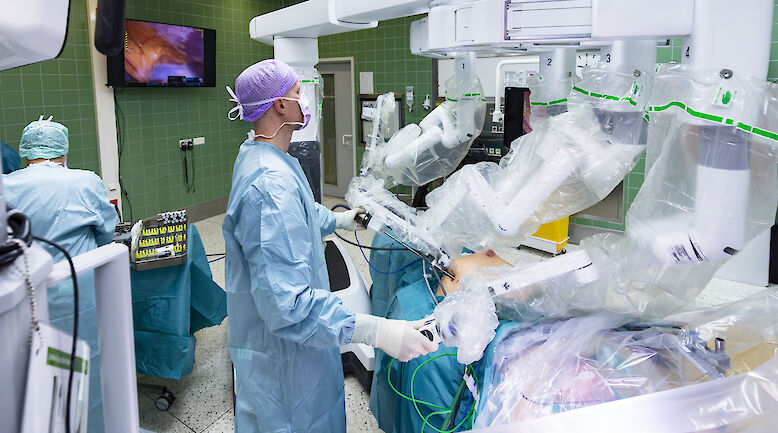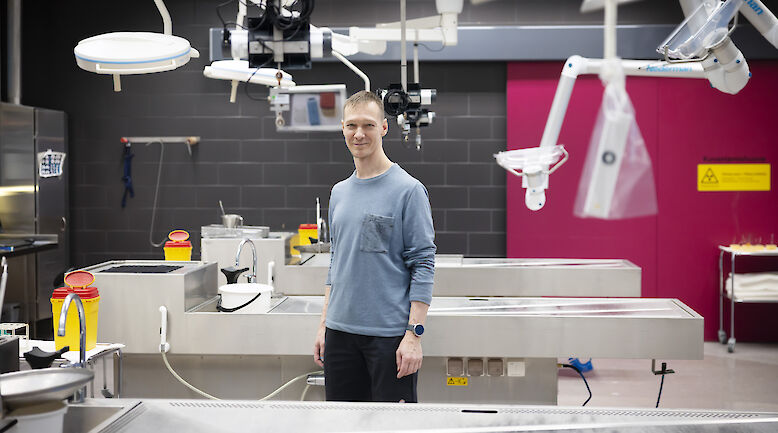English summary: INVESTIGATION OF A TUBERCULOSIS OUTBREAK: CASE STUDY OF THE PIRKKALA TB OUTBREAK

Tuberculosis has become rare in Finland with an annual incidence of 7.7/100 000. In spite of this favourable development there have been outbreaks mainly among vulnerable demographic groups such as alcohol addicts and homeless people.
We describe the investigation of a tuberculosis outbreak in which we identified seven cases with the same TB genotype during 2008-2009 in the small municipality of Pirkkala (16,500 inhabitants). The delayed diagnosis of a highly infectious case of pulmonary tuberculosis was the source of the outbreak. The index case was diagnosed in February 2008. He was a casual contact, an infant with pulmonary tuberculosis, later found most probably to have been infected while using the same corridor as the source of the outbreak. The second case was a temporary contact, a waitress at a local pub whose tuberculosis was considered an occupational disease. The third case was a regular customer at the pub. His close friend, the source case, was identified in January 2009. He was also a patron of the pub and had visited the same block of flats as the index case several times. He had had a worsening cough for one and a half years before the investigation began.
The contact investigation included 45 close, 154 temporary and 143 casual contacts. We found three other cases among the close contacts: a child with pulmonary tuberculosis, an adult with sputum positive pulmonary tuberculosis and one with sputum negative pulmonary tuberculosis. Two latent infections were found in close adolescent contacts. The health care costs of the outbreak to the community were substantial.
It is important to consider tuberculosis as a possible cause of a prolonged cough and to carry out the necessary tests (X-ray, TB sputum test) promptly. The key to the successful investigation of an outbreak is close cooperation between the experts at both local and hospital district level. Sufficient resources are vital. Defining the contact groups is challenging and varies with the characteristics of the actual outbreak.













